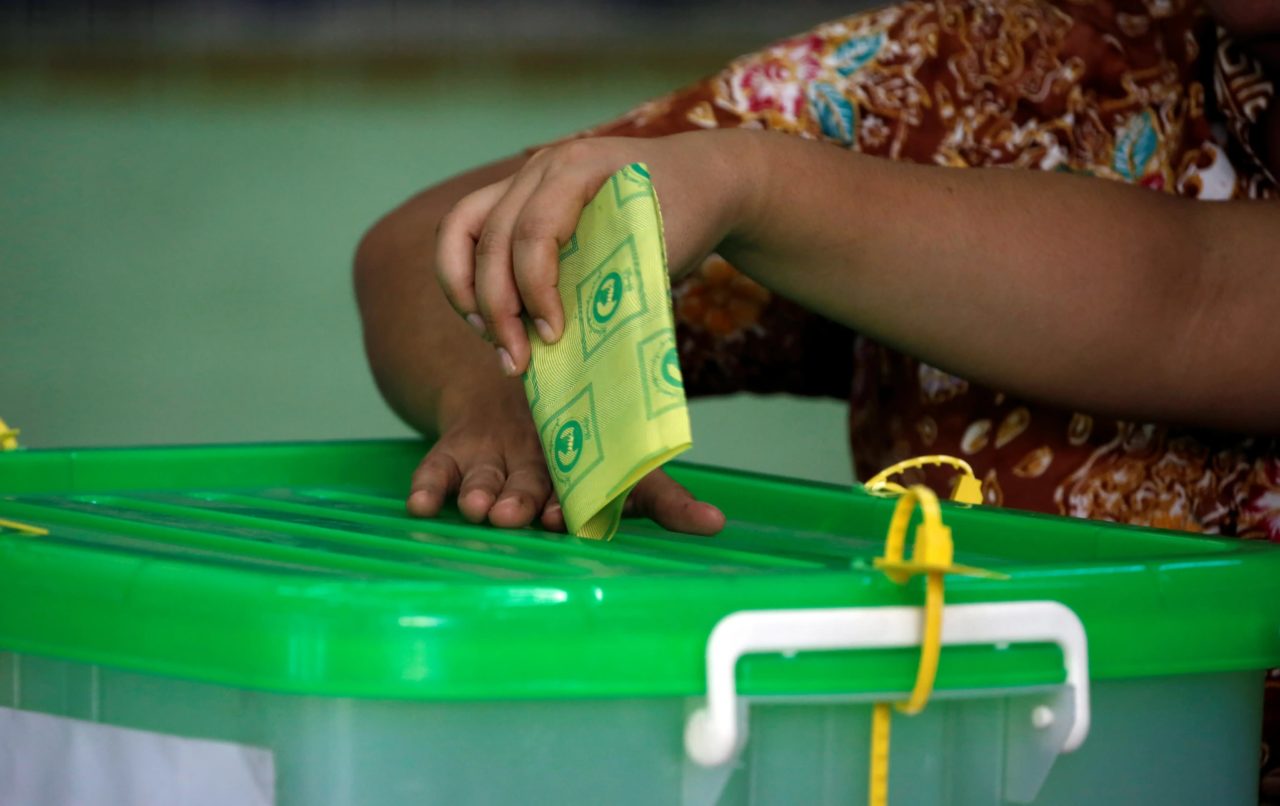
It is well known that retail sales have regular cycles that can be disrupted by external events, such as federal elections. While anecdotally it has been suggested that uncertainty around elections causes shoppers to curtail their spending, there appears to be very little evidence either domestically or globally to support the claim that an election campaign will negatively impact consumer spending.
Retailers are notorious at playing the ‘blame game’ when it comes to their sales and profit reporting. They too quickly point the finger at Mother Nature – unseasonal hot weather, or cold weather impacting apparel sales. The release of blockbuster movies has been blamed for distracting shoppers, and even customers themselves for being too price-conscious, chasing discounts that erode their margins.
Facts matter
Researchers from Princeton and the University of Chicago found elections had very little impact on consumer spending. In their study, spanning four presidential elections, their initial findings identified a correlation between a voter’s ‘opposition towards a winning candidate’ and a lower score on a Consumer Sentiment Survey. Simply, if your chosen candidate doesn’t win, you’re apparently less likely to start spending.
However, the correlation did not prove causality. They found, for example, when President George W. Bush was elected in 2000, shopper’s opposition to President Bush had no effect on consumers’ self-reported spending plans or on their subsequent automobile purchases and credit-card use.
It is a similar picture here in Australia, where commentators are looking a little more closely at claims elections negatively impact retail sales. A review of the ANZ-Roy Morgan
Consumer Confidence Index demonstrates a similar phenomenon to that in the US. With the exception of the November 2001 election, marred by the 9/11 attacks in the US, confidence remained positive.
In 2019, ANZ’s Australian economics team analysed 14 elections since 1980, finding that, “elections don’t have all that much influence on the economy”.
A ‘wait and see’ approach
During times of uncertainty, we often hear that shoppers are ‘deferring’ their spending. IBISWorld chairman Phil Ruthven finds that shoppers tend to take a “wait-and-see approach” during election campaigns. This simply means that shoppers will curtail purchasing big ticket items like cars, consumer electronics and high-end fashion, but household basics such as food and basics generally remain insulated. In most cases, consumer confidence tends to bounce directly after elections.
There are far too many variables in play to suggest that a federal election alone will derail consumer confidence and stifle retail spending. In fact, some consumers who expect to be the
recipients of election sweeteners such as tax cuts, infrastructure projects and or job opportunities, may actually increase spending.
Once consumers anticipate a specific positive outcome will occur, they believe their subsequent thoughts and behaviours will actually help to bring about that outcome.
Categories exposed
Food, groceries, fuel and basic clothing generally remain well protected during uncertain times. Despite increasing competition from new players like Amazon, the growth of Aldi and the entry of Kaufland, both Coles and Woolworths food, grocery and liquor divisions will remain moderately strong. However, most exposed are ‘big ticket’ retailers selling furniture, consumer electronics and automobiles. This will be a challenging quarter for JB Hi-Fi, Harvey Norman and Steinhoff.
The future of fashion
Footwear, apparel and accessories retailers are expected to struggle, as such purchases are tied to discretionary spending. However, the challenges incumbent players like Myer, David Jones, Target, Big W and Premier Investments are facing are mostly related to new entrants, not elections.
The growth of global fashion retailers like H&M, Uniqlo, Zara, Forever 21, and online marketplaces like The Iconic, Amazon and eBay in the domestic market, will definitely pose a challenge for these retailers.
While most consumers remain confident, some retailers are certainly looking towards challenging times ahead.
An unseasonably warm autumn and a glut of global fashion retailers in the market, will encourage incumbent retailers to cut prices little deeper this year. Great for shoppers, but tough on the books. It is looking to be a tough year ahead for retailers.

